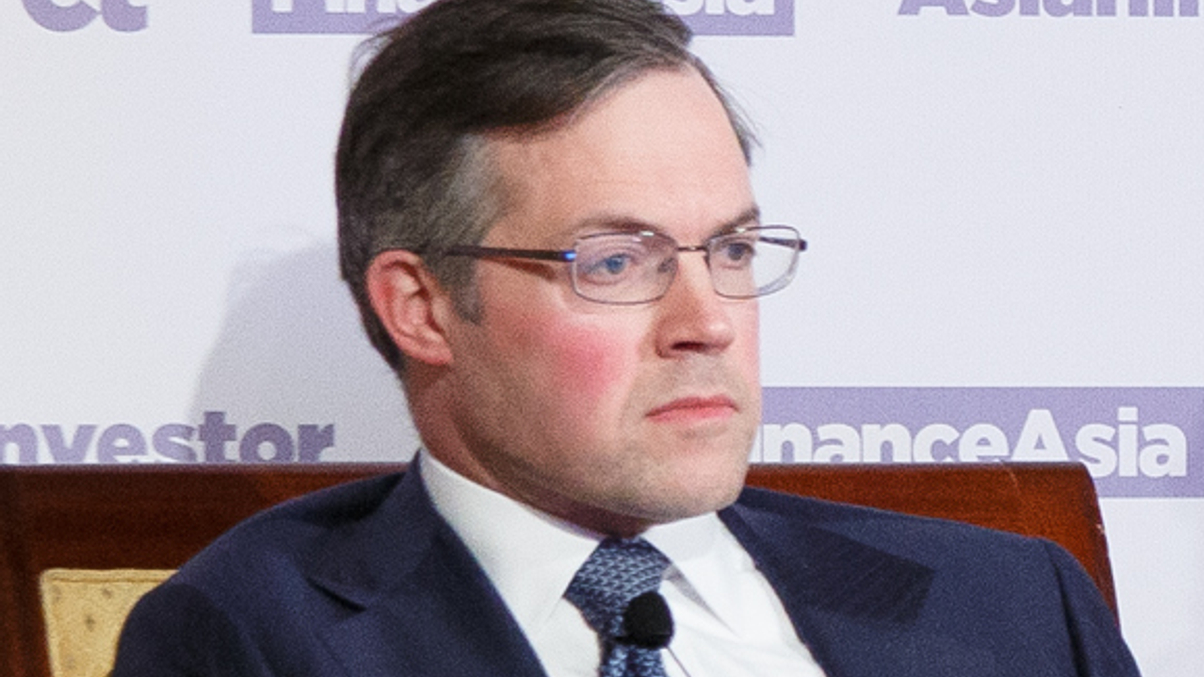Fears rise over headlong hunt for yield
Valuations in some high-yield bond markets look stretched, prompting panelists at an AsianInvestor forum to urge investors to review quality of bond issues as spreads head towards 2006-07 levels.

Institutional investors are being urged to review the quality of bond issues across the credit spectrum amid fears that the search for yield in this low-rate environment is leading to indiscriminate buying.
Sign in to read on!
Registered users get 2 free articles in 30 days.
Subscribers have full unlimited access to AsianInvestor
Not signed up? New users get 2 free articles per month, plus a 7-day unlimited free trial.
¬ Haymarket Media Limited. All rights reserved.


